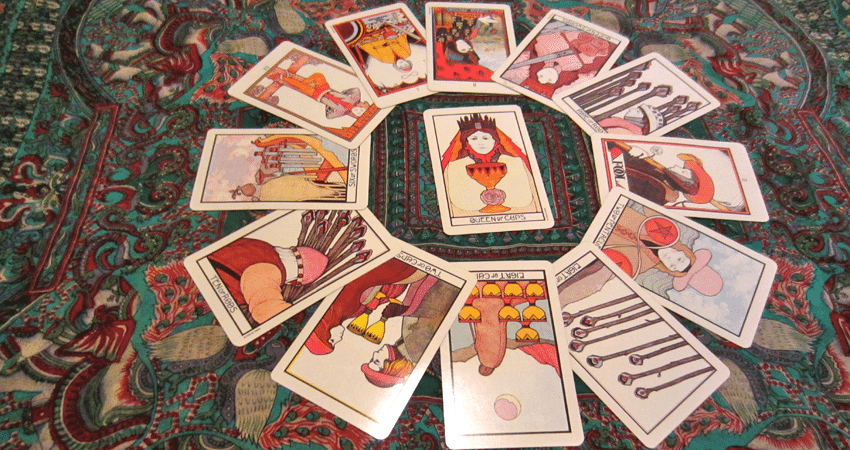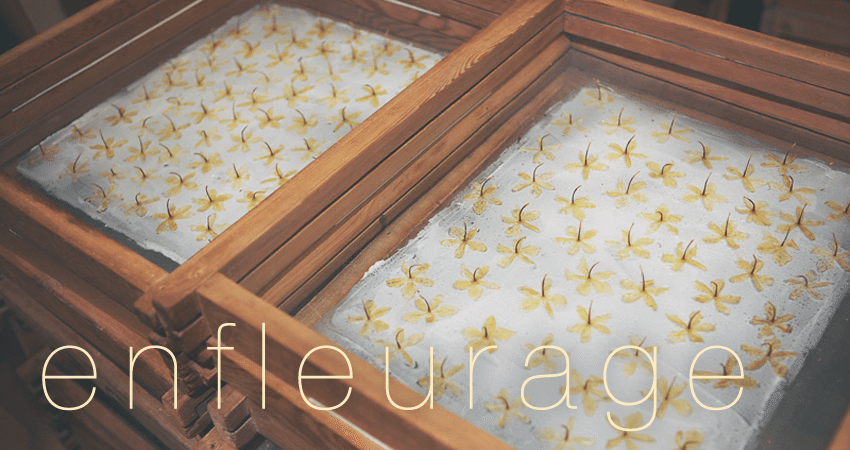
How to Dye Your Clothes With Tea
Categories: Ecology & Sustainability
Summer whites are a nice thought, aren’t they?
While crisp white clothing can be a striking statement, pure white has a harsh quality that I tend to steer away from, personally; it feels almost sterile and people have to squint if you’re standing in the sun. For myself and many spill-prone comrades, those reflective whites also hold a nagging doom.
 In the case of one specific pair of white shorts of mine, their tendency to collect stains had relegated them to the bottom of the drawer. As much as I tell myself I am an adult, I am just not very lady-like, and find myself sitting on surfaces that are not chairs, resulting in an awkward butt-shaped shadow of dust on the back of said shorts. Instead of just throwing them out (or ignoring them in my drawer), I chose to give them a second chance as a less-intimidating garment with the help of a DIY tea-staining. The light reddish-brown tint the tea left on my shorts did the trick nicely and will allow me to sit down without washing the bench first.
In the case of one specific pair of white shorts of mine, their tendency to collect stains had relegated them to the bottom of the drawer. As much as I tell myself I am an adult, I am just not very lady-like, and find myself sitting on surfaces that are not chairs, resulting in an awkward butt-shaped shadow of dust on the back of said shorts. Instead of just throwing them out (or ignoring them in my drawer), I chose to give them a second chance as a less-intimidating garment with the help of a DIY tea-staining. The light reddish-brown tint the tea left on my shorts did the trick nicely and will allow me to sit down without washing the bench first.
Tea dying is a simple, if sort of imprecise method. If you are looking for a perfectly uniform wash of color, or if you’re going stain something large like a bedspread, you will probably be better off buying some natural fabric dye and following the directions on the box. I was not concerned with perfection, and had a lot of black tea in the house, so tea it was. Vinegar and salt in the tea help open the fibers and fasten the color. Please note, tea only works on natural fibers — cotton, silk, wool, linen. In my experience, cotton works best.
Let’s get to it.
- Wash the fabric with detergent, rinse. Get as much of the oil and dirt off as you care to, the color will adhere more uniformly.
- Boil a bunch of water. Make sure the pot is big enough so the garment can sit loosely in the bottom with at least two inches of liquid cover.
- Steep the tea. I used about 10 bags of plain Lipton Tea for 2-3 gallons of water, and tied the strings together to make the bags easy to fish out. Steep for “a while,” at least 10 minutes. I wondered if leaving the bags in the pot while the garment soaked might leave me with spots of darker color at points of direct tea-to-shorts contact, so at first I tried to take most of the bags out. A lot of them broke open anyway, so I decided it didn’t matter.
- Add some salt and vinegar. Another imprecise step. I put in about a quarter cup of apple cider vinegar and as much salt. White vinegar works, too. It doesn’t really matter how much you use, but I imagine you are not trying to pickle this thing, so don’t go crazy.
 5. Soak it. The garment should be wet before going in the tea bath, so either don’t dry it after the wash or dunk it in some fresh water first. Stir it around in the pot and try to get most of the bubbles out. Soak for however long it takes. I soaked mine for 30 minutes, but depending on how deep you want the color, you may want it to soak for 10 or leave it in all night. Check on it every now and then. The color will lighten up on the first rinse, so make sure the color is a shade or two darker than you want.
5. Soak it. The garment should be wet before going in the tea bath, so either don’t dry it after the wash or dunk it in some fresh water first. Stir it around in the pot and try to get most of the bubbles out. Soak for however long it takes. I soaked mine for 30 minutes, but depending on how deep you want the color, you may want it to soak for 10 or leave it in all night. Check on it every now and then. The color will lighten up on the first rinse, so make sure the color is a shade or two darker than you want.
- 6. Rinse with cold water and dry. It might smell a little like vinegar and tea, but a wash with soap will fix that. The color will fade a little with each wash, and if you absolutely hate it, tea is easily lifted out with bleach.
Featured Image by Aka courtesty of Wikimedia Creative Commons
Tags: DIY




